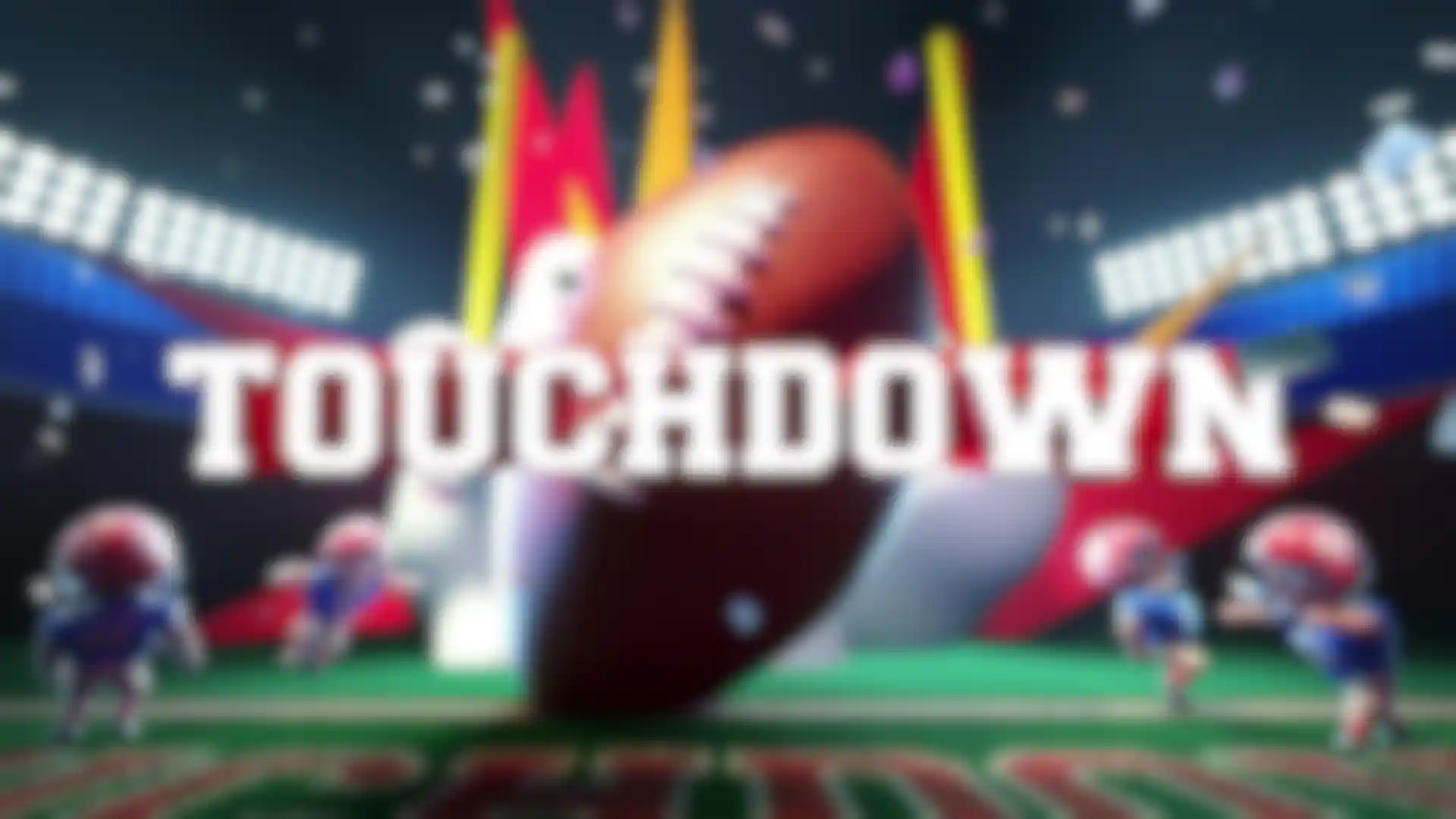
Play Ball How Scholar used Cinema 4D and Redshift to create an eclectic set of 2D/3D spots for ESPN Fantasy Football.
Bicoastal design studio Scholar is no stranger to variety. Working with a range of 2D and 3D elements, Scholar’s team of artists deftly tackles projects for clients, including Apple, Beats By Dre, Target, Lego, Porsche, Volkswagen, ESPN and Bleacher Report.
In fact, the 2D/3D mashups they create using a mix of Cinema 4D, Maya, After Effects, Photoshop and Redshift have, over time, become one of the secrets to the studio’s success, netting Scholar a pride of Golden and Silver Cannes Lions and tens of thousands of Instagram followers. It’s also one of the reasons clients like ESPN, and its ad agency BSSP, keep coming back for more.
“From the very beginning, we’ve always really liked mixing techniques,” says Scholar Director/Partner Will Campbell. “We’ll do CG and bring in footage plates and particles, and then mix those together and draw a cell on top of it.”
The nose for the new and visually eclectic is in Scholar’s DNA. When Campbell co-founded the studio in 2010 there was a lot of freelancer burnout, he recalls. “Other companies didn’t treat artists with the respect that Will Johnson, my co-founder, and I felt like they deserved. So we wanted to create a company where people could feel invested in their work, a place that’s owned and operated by artists who want to help cultivate other artists along the way.”
This artist-first mentality and a passion for emerging tech makes the studio as nimble creatively as the software tools they routinely rely on. “We want our creatives to define the elements that will bring a script to life in the best possible way,” he explains.
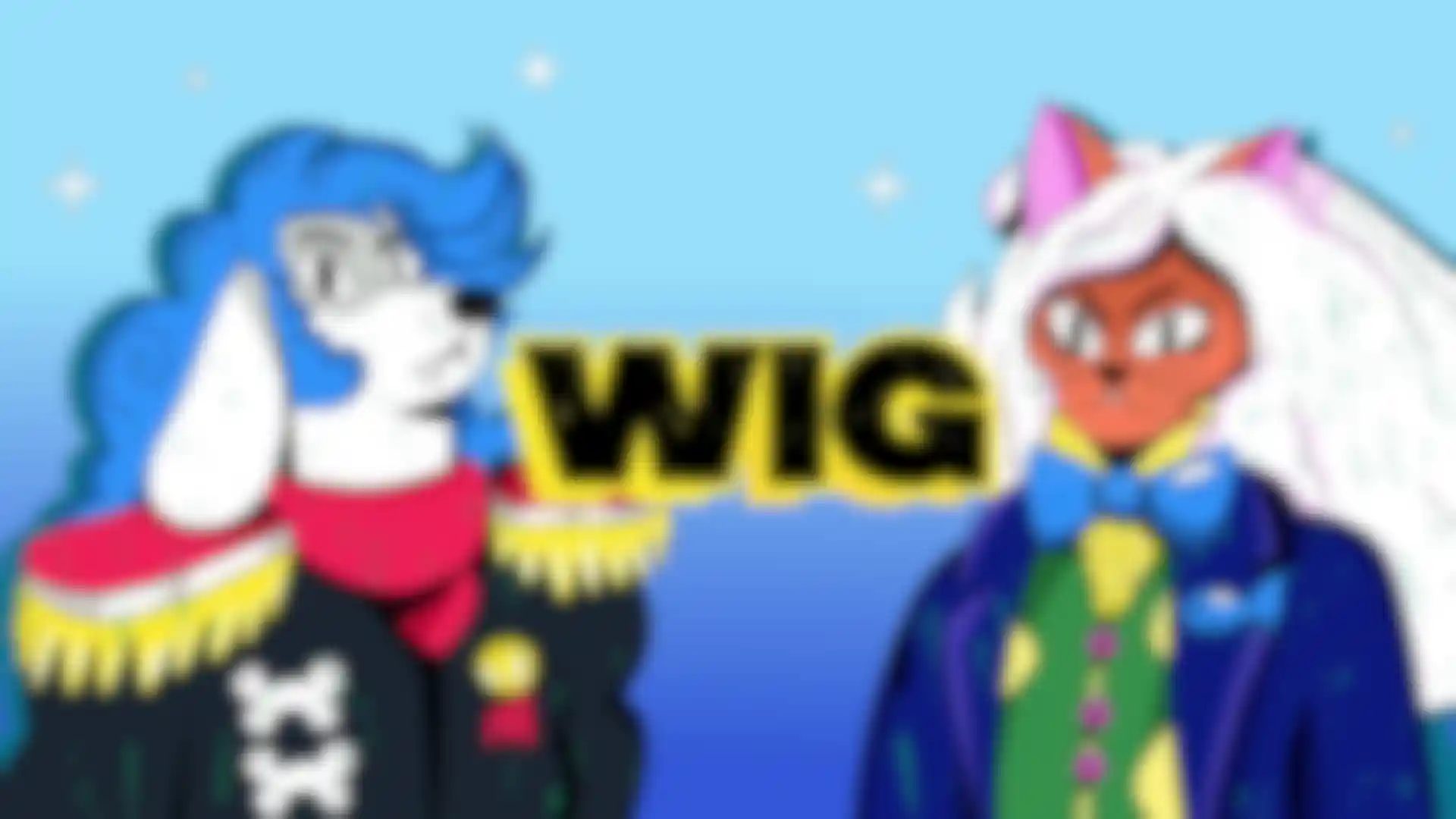
“That’s why we really enjoy using C4D on all of our projects. It brings a flexibility to our workflow that fits perfectly with the way we work. It can be very graphic, or you can dive totally into visual effects with Redshift, which we use on every single job.”
Make it Look Cool
Campbell and Art Director Madison Ellis, a rising star at the studio who began as an intern in 2018, put C4D through its paces in a recent set of spots for ESPN’s Fantasy Football App. A reprise of a 2D-only project the studio did for ESPN in 2019, the new campaign blends a refreshingly relentless mix of 2D and 3D stop-motion, CG and graphic styles with a set of simple word equations that define the world of the network’s fantasy football community.
Scholar focused on a much wider demographic of fantasy football fans for the app upgrade. Ellis explains: “We knew we had to keep it fresh, artistic, edgy, fast-paced and intrinsically funny because we were reaching out to a potentially wider audience, maybe even to folks who haven’t quite jumped into fantasy football yet.”
To find and distill each style into sequences that flowed together and felt like a whole, Ellis made “a crazy reference deck,” of Google slides that they used to brief the agency. “We really didn’t have a direction at first,” Campbell recalls. “They just said, ‘make it look cool,’ and we pulled in stuff and honed together the styles that resonated with them.”

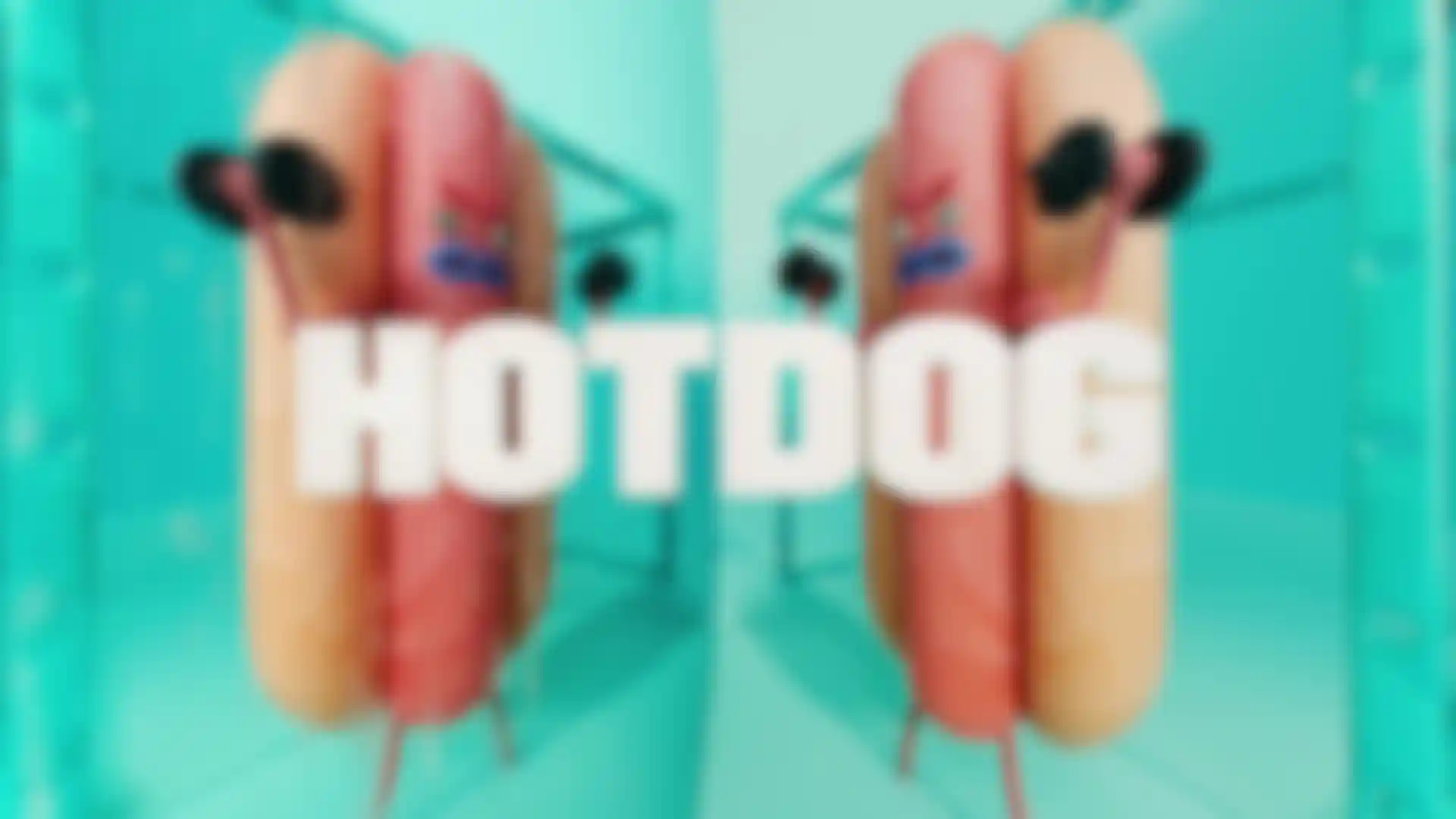
Ellis’ reference deck included many different mood boards and styles. Eventually, with input from ESPN’s agency, the deck became a Miro Board that Scholar balanced out with the script. “That was really an incredible tool to use,” says Ellis. “Every time somebody had an idea, a design frame or a sketch, I would throw it into the mix and it became this huge spider web of different ideas.”
Iteration and Design
Connecting all those ideas to the script’s main formula was the most interesting aspect of the process for Ellis. “Sometimes, we would get two design frames next to each other that might be too similar, so we’d have to try a whole new design frame for that specific word. Then we’d go through fifty iterations of what the word football represents.”
Even more exciting, she says, was finding artists to work on the project. “We tried really hard to make sure there was a balance throughout the spot, so we didn’t have too much of one style or too much of another. We tried to find people who could do a lot of different styles, including claymation, and would be comfortable wearing a lot of different hats throughout the process.”
Humor makes the whole spot click, Campbell says. “It was very much on Madison and me to figure out what would be funny, and we knew we needed to pace the jokes while integrating all of the styles. It was a tricky thing to get right. “You’re deep into your render settings when you suddenly think, ‘But is it funny?’ You have to use both sides of your brain at the same time, and that’s tough.”
The iterative aspect of the project engaged the gamut of Scholar’s in-house tools, and the team did a lot of 2D work in After Effects. “Usually, we’ll pipe our 3D projects through Nuke, for finishing, but a lot of these could stay in After Effects because it was less of a big pipeline job and more of just creating this string of cool assets and iterations and bringing them together and seeing how they fit,” Campbell says.
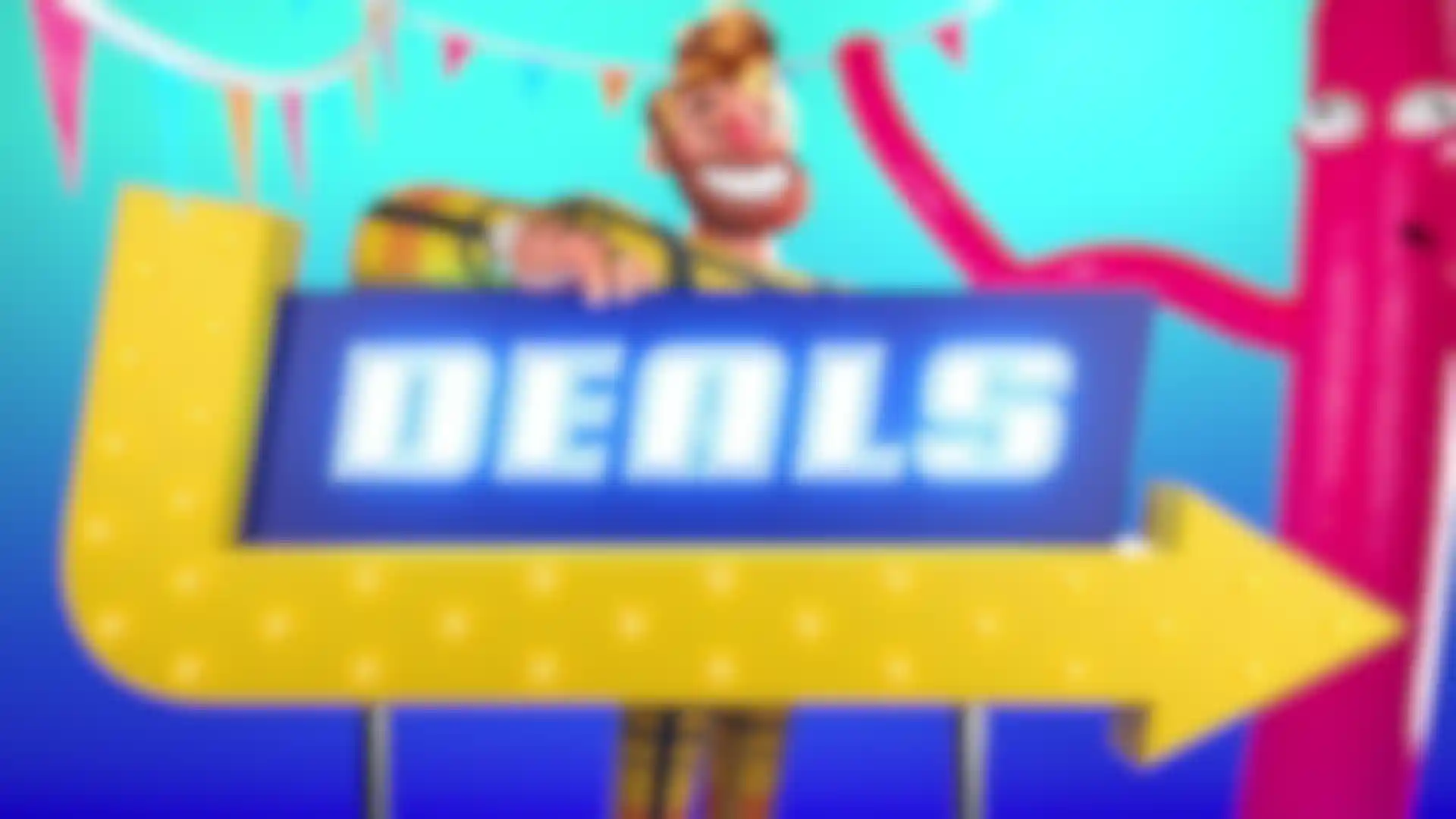
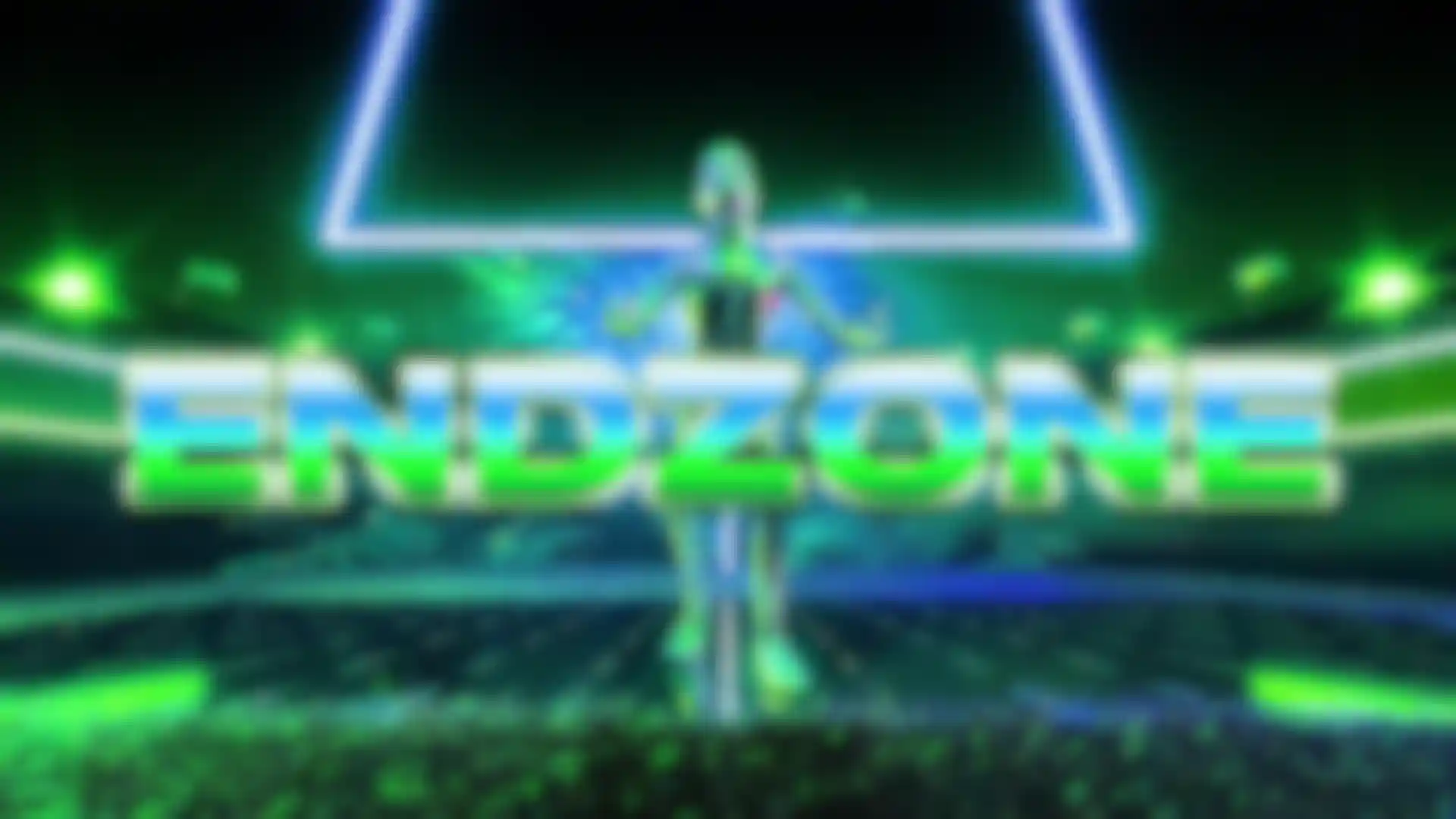
Campbell and Ellis have witnessed a shift away from siloed 3D visual effects artists, who often skewed toward the technical, to a more flexible, well-rounded type of 3D generalist. “Scholar has always been very Maya heavy,” says Campbell. “But the last two years we really have been transitioning to doing maybe 50 percent Maya and 50 percent C4D. Honestly, it’s even a little more C4D than Maya at this point.”
One of the spots in the ESPN campaign features a sequence of falling helmets that needed multiple iterations in C4D before Campbell and Ellis felt happy with it. “In C4D, we could just pull a helmet out, drop in a new one and run the sim while the node-based tree of effects stayed in place,” Campbell says, adding that tools like Cinema 4D has changed the way artists work, giving more people access to 3D techniques.
“It’s great to have people who can create, design, animate and finish all in one place.”– Will Campbell
“Before C4D got so popular, 3D guys were just so technically minded that they couldn't also design at the same time,” he recalls. “Now, we’re able to have this new kind of versatile artist who can do something very technical, and then swing into design. It’s great to have people who can create, design, animate and finish all in one place.”